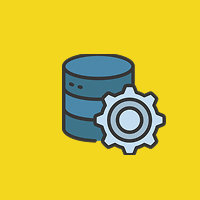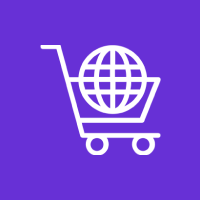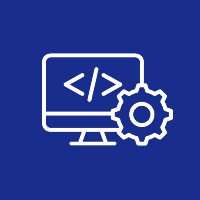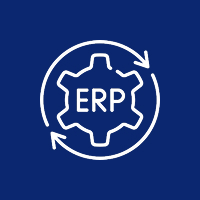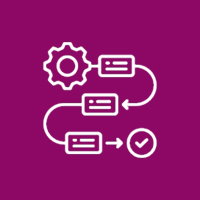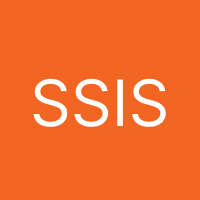It’s a game-changer to have a multilingual website in this age of globalization. This is because it opens up more avenues for reaching out to a wider audience, interacting with users in their mother tongue, and thus making your global presence all the more potent. Making and running a multilingual website becomes much easier due to WordPress. So, let’s walk through the steps involved in getting your multilingual site up and running.
1. Pick the Perfect Multilingual Plugin
Your multilingual website begins with the right plugin. WordPress has several very powerful plugins that make managing languages so much easier. Here are some of them:
- WPML (WordPress Multilingual Plugin): For professional sites that require additional features like SEO integration and WooCommerce support.
- Polylang is budget-friendly. It has more robust language management with perfect theme compatibility.
- TranslatePress: Great for beginners and presents a visual, real-time translation experience.
Compare each of the plugins on features, cost, and ease of use to determine which suits your needs best.
2. Install and Set Up Your Plugin
Once you’ve chosen a plugin, setting it up is straightforward:
- Navigate to Plugins > Add New in your WordPress dashboard.
- Search for your plugin, install it, and activate it.
- Configure the plugin settings by selecting your site’s primary language and the additional languages you want to include.
- Add a language switcher to your site so visitors can easily toggle between languages.
3. Start Translating Your Content
Now that the plugin is in place, it is time to translate your website’s content:
- Pages and Posts: Translate important pages like your homepage, services, or blog posts into your target languages.
- Menus: Provide a separate navigation menu for each language to ensure consistency and ease of access.
- Ensure That Third-Party Tools and Widgets Work Well in Multiple Languages: Widgets and Plugins.
- Images and Media: The plugins will support media translation so that you can translate images, videos, and alt text.
Some of them offer automatic translation powered by AI while others support manual translation for better accuracy.
4. Optimize Your Multilingual Website for SEO
Multilingual SEO helps your site rank higher in search results for different languages and regions. Here’s how:
- Use hreflang tags to indicate which language version of your content is intended for specific audiences.
- Translate meta titles, descriptions, and keywords for each language.
- Set up separate URLs for each language version (e.g.,
example.com/en/for English andexample.com/fr/for French). - Research and implement localized keywords for each target language to maximize your reach.
5. Ensure a Seamless Design for All Languages
Different languages could make design a challenging job. To ensure a seamless experience:
- Select a theme that supports RTL languages, like Arabic and Hebrew.
- Use fonts compatible with diverse scripts, including Chinese, Japanese, and Cyrillic.
- Test the layout for languages that have longer words, like German.
- Make the language switcher visible and user-friendly.
6. Add Multilingual Functionality for WooCommerce (Optional)
If you’re running an online store, ensure your eCommerce platform is multilingual. Plugins like WPML for WooCommerce can help you translate:
- Product descriptions and categories
- Checkout pages
- Customer emails
This ensures a seamless shopping experience for users in any language.
7. Test Your Website Before Launching
Before going live, thoroughly review your site to ensure it works perfectly:
- Test the language switcher to confirm it redirects correctly.
- Check the accuracy of translations, including grammar and context.
- Verify SEO settings, such as hreflang tags and translated metadata.
8. Maintain and Update Your Multilingual Website
Keeping a multilingual website functional requires ongoing effort:
- Regularly update translations when you add new content or make changes.
- Monitor SEO performance for each language version.
- Update plugins and themes to ensure compatibility with the latest WordPress updates.
Why Create a Multilingual WordPress Website?
Building a multilingual website offers a host of benefits:
- Expand Your Reach: Tap into new markets and connect with global audiences.
- Boost Engagement: Users are more likely to engage with content in their preferred language.
- Improve SEO: Multilingual SEO helps your site rank in localized search results.
- Establish Credibility: A multilingual site shows you value and respect diverse cultures.
Conclusion
A multilingual WordPress website is a powerful tool for you to expand your reach and engage with audiences worldwide. Choose the right plugin, optimize your site for SEO, and have a seamless design and functionality to create a global appealing site. Whether running a blog, business website, or eCommerce store, these steps will guide you on building an easily accessible, user-friendly, and very effective multilingual site.
Take the leap today and start building your multilingual WordPress website!
Contact Us Today













 Database Development
Database Development











